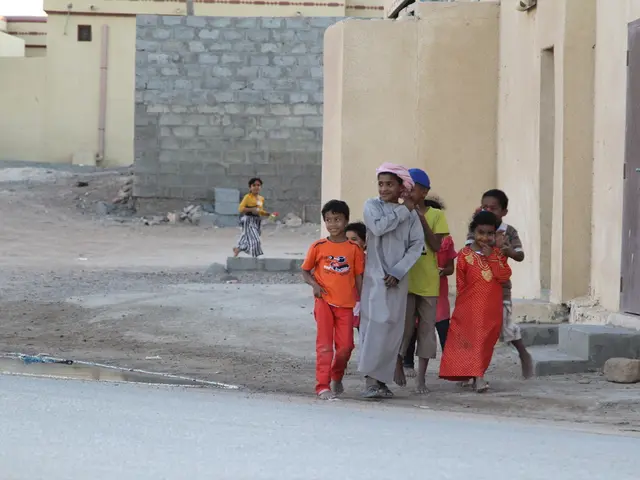18 fatalities reported across Gaza region, according to local civil defence forces
The Israeli government has approved a plan to take "operational control" of Gaza City, a move that could lead to intense urban combat, humanitarian crises, and potential regional instability.
According to reports, the plan involves besieging the city, evacuating around a million residents to newly designated humanitarian zones, and establishing points for aid distribution. The long-term aim is to control Gaza more broadly.
Israeli Prime Minister Benjamin Netanyahu has endorsed this strategy, despite doubts about its military feasibility and strong objections from parts of Israel’s military. Critics argue that this could lead to severe casualties on both sides and ultimately benefit Hamas.
The potential implications of this decision are significant. The mass evacuation and siege could cause humanitarian crises despite efforts to establish aid zones, raising concerns about the legality and morality of such measures. The plan could intensify the conflict, entrenching hostilities and potentially destabilizing the region further.
Some analysts question whether Israel can effectively control Gaza in this manner, given the complex political and military challenges involved. The operation may lead to intense urban combat similar to past battles in Fallujah and Mosul, risking heavy Israeli soldier and Gazan civilian casualties.
The international community and Israel's own institutions have criticised this decision. The move comes as the Israeli offensive has resulted in the deaths of over 61,000 Palestinians, according to Hamas-run Gaza's health ministry, figures the UN considers reliable. This number includes at least 1,219 people killed in Hamas's 2023 attack on Israel.
In the midst of this, Israeli troops have targeted civilians, resulting in at least six deaths and 30 injuries in Gaza after civilians assembled near an aid point in central Gaza. Media restrictions in Gaza and difficulties accessing swathes of the territory prevent independent verification of the tolls and details provided by the civil defense and the Israeli military.
Meanwhile, Israeli restrictions on the entry of supplies into Gaza since the start of the war nearly two years ago have led to shortages of food, essential supplies (including medicine and fuel), and power for hospitals. Thousands of Palestinians congregate daily near food distribution points in Gaza, including four managed by the US- and Israeli-backed Gaza Humanitarian Foundation.
Despite the backlash and rumors of dissent from Israeli military top brass, Netanyahu remains defiant over the decision to seize Gaza City. A drone attack near the southern city of Khan Yunis killed at least three people and injured several others, further escalating tensions in the region. Strikes in central Gaza resulted in multiple casualties.
[1] Source: The Guardian [2] Source: Al Jazeera [3] Source: Reuters
- The Israeli government's decision to seize Gaza City could lead to urban combat reminiscent of war-and-conflicts in Fallujah and Mosul, potentially resulting in heavy Israeli soldier and Gazan civilian casualties.
- Critics argue that Israel's plan to control Gaza by besieging the city and evacuating residents could lead to severe casualties on both sides, fueling politics of resentment and further destabilizing the region, much like the war-and-conflicts in Syria and Libya have done.








